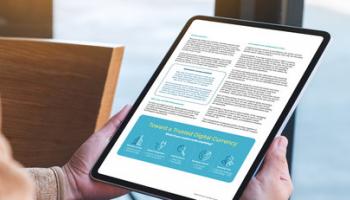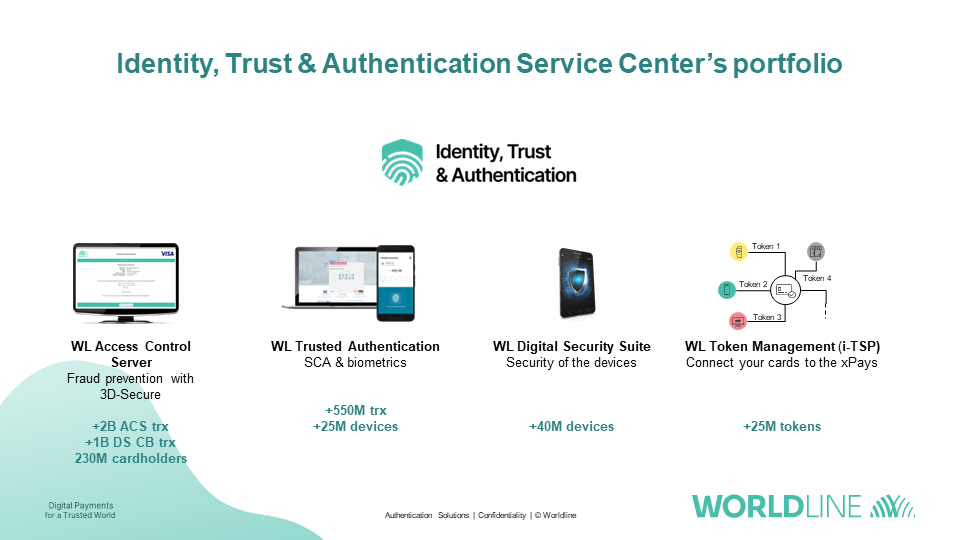ob-data-overview
In this section you will find implementation details of our Account Data Products:
Bank Connect, Account Insights and Credit Insight.
For faster integration and better user experience we offer a set of predefined screens that could be customised with your branding allowing to choose the user bank and handling the complexity of different PSD2 authorization flows (redirect / decoupled / embedded), so that you will be able to focus on your product and leave the boring stuff to us.
Depending on the implemented product, the consent can be for one-time or for ongoing up to approximately 6 months access to the data. Once the consent is expired you can prompt the user to renew the consent to ensure uninterrupted data access.
The data retrieved also depends on the implemented product and could consist of account details (e.g. account name or IBAN), balances and the list of transactions.
Whenever a recurring consent is granted, you can access the information as many times per day as needed as long as the user is actively using your software. In case you would like to perform a background data refresh, you can do so up to 4 times per day by either polling the banking data and identifying the new transactions by yourself or by letting Worldline to pull the updated banking data multiple times per day based on a predefined schedule, comparing the results to historical data and notifying you only on the differences.
To implement Bank Connect, Account Insights products, please review the Account Data section. We have a dedicated section for Credit Insight implementation.
Need help?
Please get in touch with us and we will help you to integrate our APIs.




